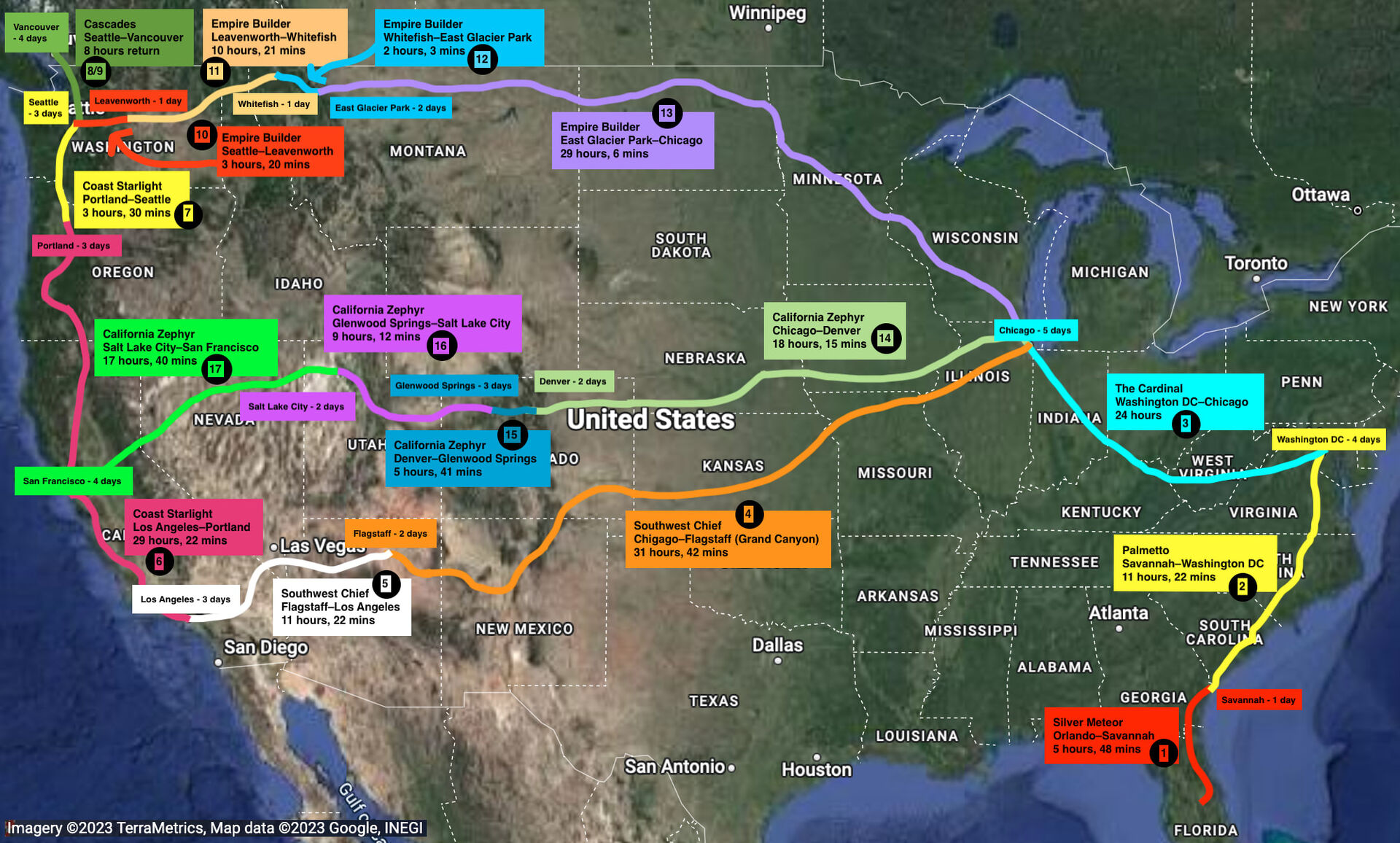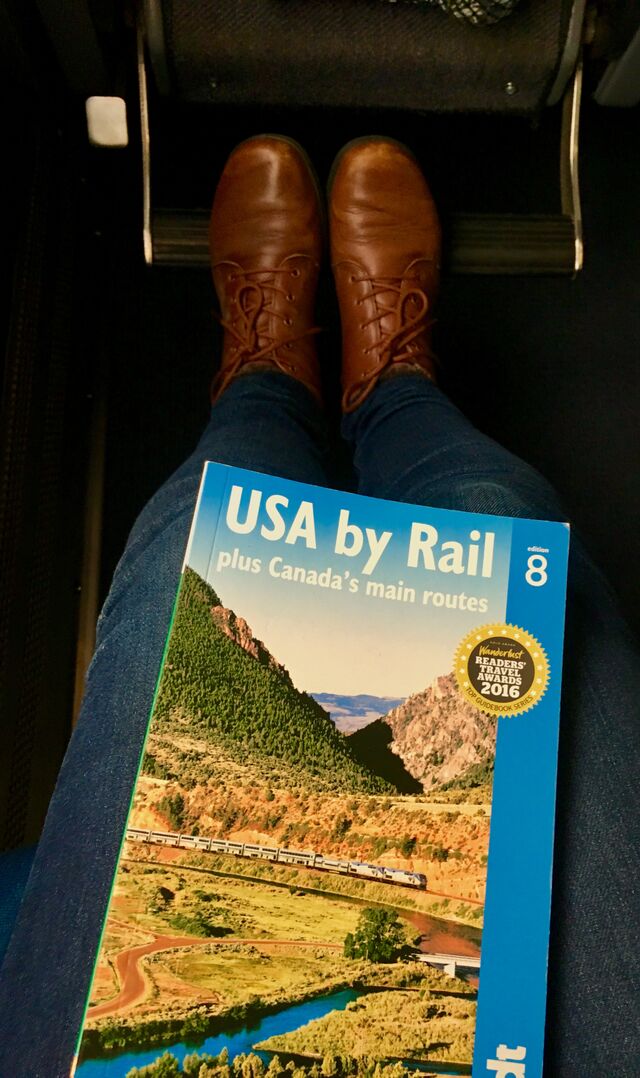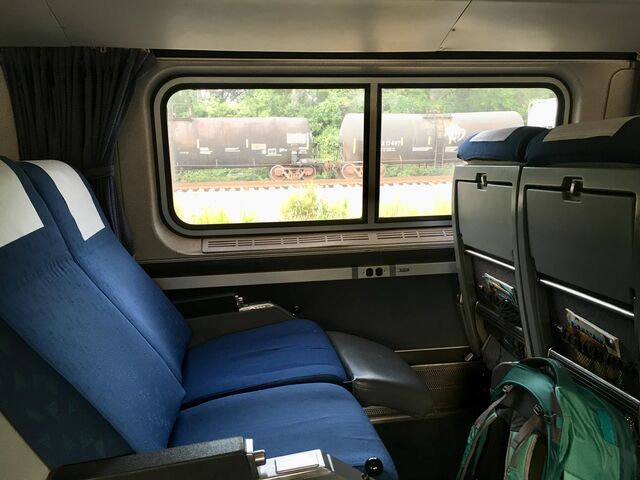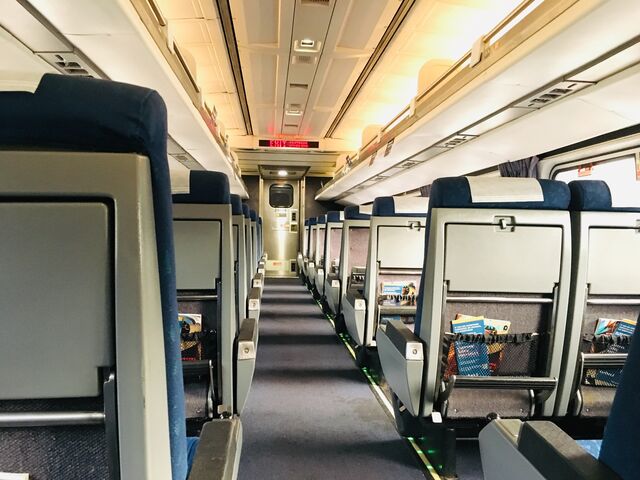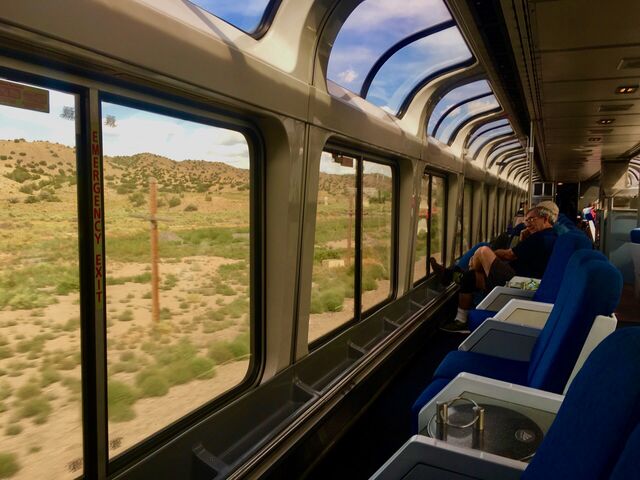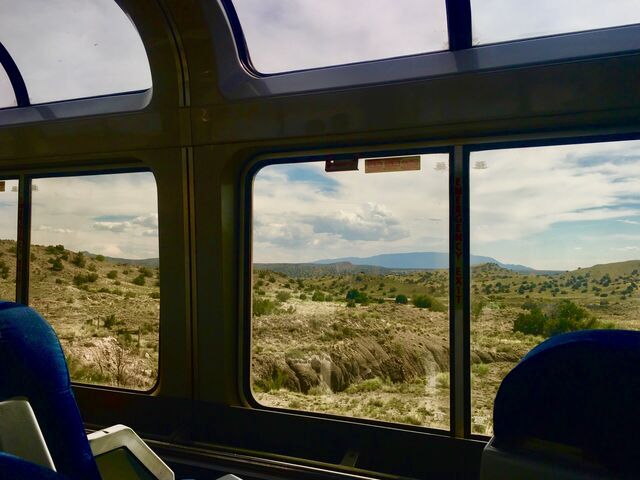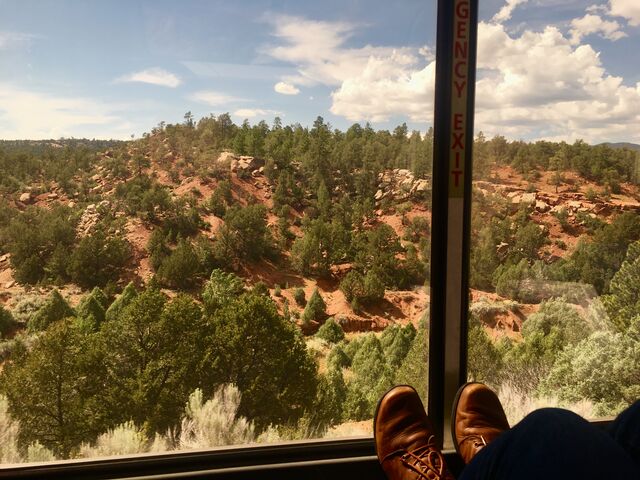Itinerary
Over 59 days (July – September 2019), I will traverse 27 States, 1 Federal District, and 1 Canadian Province, with an estimated 220 hours and 44 minutes of train travel. I cover 6 of Amtrak’s long-distance routes:
- The Silver Meteor/Palmetto (Florida; Georgia; South Carolina; North Carolina; Virginia; Washington D.C.);
- The Cardinal (Washington D.C.; Virginia; West Virginia; Kentucky; Ohio; Indiana; Illinois);
- The Southwest Chief (Illinois; Iowa; Missouri; Kansas; Colorado; New Mexico; Arizona; California);
- The Coast Starlight (California; Oregon; Washington);
- The Empire Builder (Washington; Idaho; Montana; North Dakota; Minnesota; Wisconsin; Illinois); and
- The California Zephyr (Illinois; Iowa; Nebraska; Colorado; Utah; Nevada; California).
In addition, I take the Amtrak Cascades (named after the Cascade mountain range in Western North America which the route parallels) from Seattle, Washington to British Columbia and back.
Amtrak trains are notorious for their delays. 97% of the tracks Amtrak uses are privately owned by freight railroads, meaning Amtrak trains are frequently required to yield to the freight trains. Interestingly, when Amtrak was created with the Rail Passenger Service Act of 1970, it was agreed that while Amtrak would relieve the private railroads of their obligation to operate passenger trains (on which the private railroads were losing money), Amtrak’s trains would have preference over the freight trains. Nevertheless, the freight railroads appear to skirt around this law, leading to frequent delays for Amtrak passengers.
For me, delayed trains posed no problem. I was not required to be anywhere at any particular time, so I was unconcerned by the possibility that a 31 hour trip would turn into a 40+ hour trip. In fact, I have so far welcomed the additional time spent on board. Whilst 31 hours may already sound like a long time to spend on a single train, it goes by far too quickly. Despite downloading Netflix shows to watch, and purchasing novels to read on board, I have not yet found the time to engage in either of these activities. By the time one looks out the window, takes photographs, engages in conversation with fellow passengers in the lounge carriage, and sleeps (I have found I can sleep for roughly 5 hours on the train during the night), the trip is over and one must alight.
As can be seen in the above route map, I stop at various locations along each of the routes. Each of the long-distance trains departs once per day (apart from the Cardinal which departs triweekly). In theory, this meant, for instance, that I could arrive in Flagstaff, Arizona at 8PM on a Monday, and then continue my journey west on the Southwest Chief at 8PM two days later. In practice, the departure time from a station such as Flagstaff (which is well into the Southwest Chief’s route) is likely to be considerably later than the time stated on one’s ticket. In instances such as this, delayed trains again posed no problem for me. It is easy to track the live progress of the train on the Amtrak website, so I would simply wait in my hotel lounge area, or in a nearby cafe, until I could see from the website that the train was nearing and I needed to make my way to the station.
My travel guide provided information about the stations and towns the trains passed through, points of interest out the window, and the history of the railways. In fact, I was inspired to take this trip around the USA by train after coming across this guide book in Stanfords – an excellent travel bookshop in London – which I was visiting whilst waiting for a friend to finish work in the city. After being unable to decide which route to take – the California Zephyr and Empire Builder having made it down to my final two – I just decided to take as many routes as possible.
On board the trains
I was pleasantly surprised when I boarded my first train in Orlando, Florida. As you can see in the pictures below, the trains are spacious and clean, with reclining seats, leg rests, drop-down tables, and power sockets.
There is no option to select a specific seat when making a reservation and the seat assignment process varies depending on the route. On all trains I was told which carriage to sit in based on my final destination. My aim was always to secure a window seat, however, I soon discovered that arriving at the station/lining up early made no difference because seniors (those aged 65 and over) and their families, military personnel, families with children, and groups of 3 or more, are all allowed to board first. This seemed to encompass about 80% of all passengers. On some trains, such as the Empire Builder, I was able to select any free seat in the carriage that I had been assigned. More often, however, I was assigned a specific seat in that carriage. A ticket was then placed above my seat to indicate that it was now occupied. These tickets stated each passenger’s final destination so that the attendant in charge of the carriage could wake the passenger up if the train arrived at their destination in the middle of the night. There is ‘quiet time’ on the trains between 10pm and 7am, so the stops are not announced during this period.
There was thus no way to guarantee a window seat. On one of my first journeys, I was given an aisle seat ticket and politely asked if I could have a window seat instead. The attendant denied my request but stated I was free to switch to any empty seat once on board. This was little use on the sold-out train. Whilst the window seat would have been preferable for sleeping purposes, I quickly found that the random seat allocation process did not have a detrimental impact on my enjoyment of the journey. This is because each of the long-distance routes were served by double-decker trains, with an observation lounge on the upper deck. This is where I spent all of my time (apart from sleeping) whilst on the trains. As can be seen in the images below, the observation lounge had armchairs and tables which faced toward the large windows for sightseeing. At the time of writing, I have not yet had any difficulty securing a seat in the observation lounge (or being able to move around this lounge), as the vast majority of passengers seem to prefer to stay in their assigned seats where they are happy to nap, or use their multimedia devices, throughout the day.
The trains also have a cafe which serves snacks and drinks, as well as a dining car which serves full meals.
